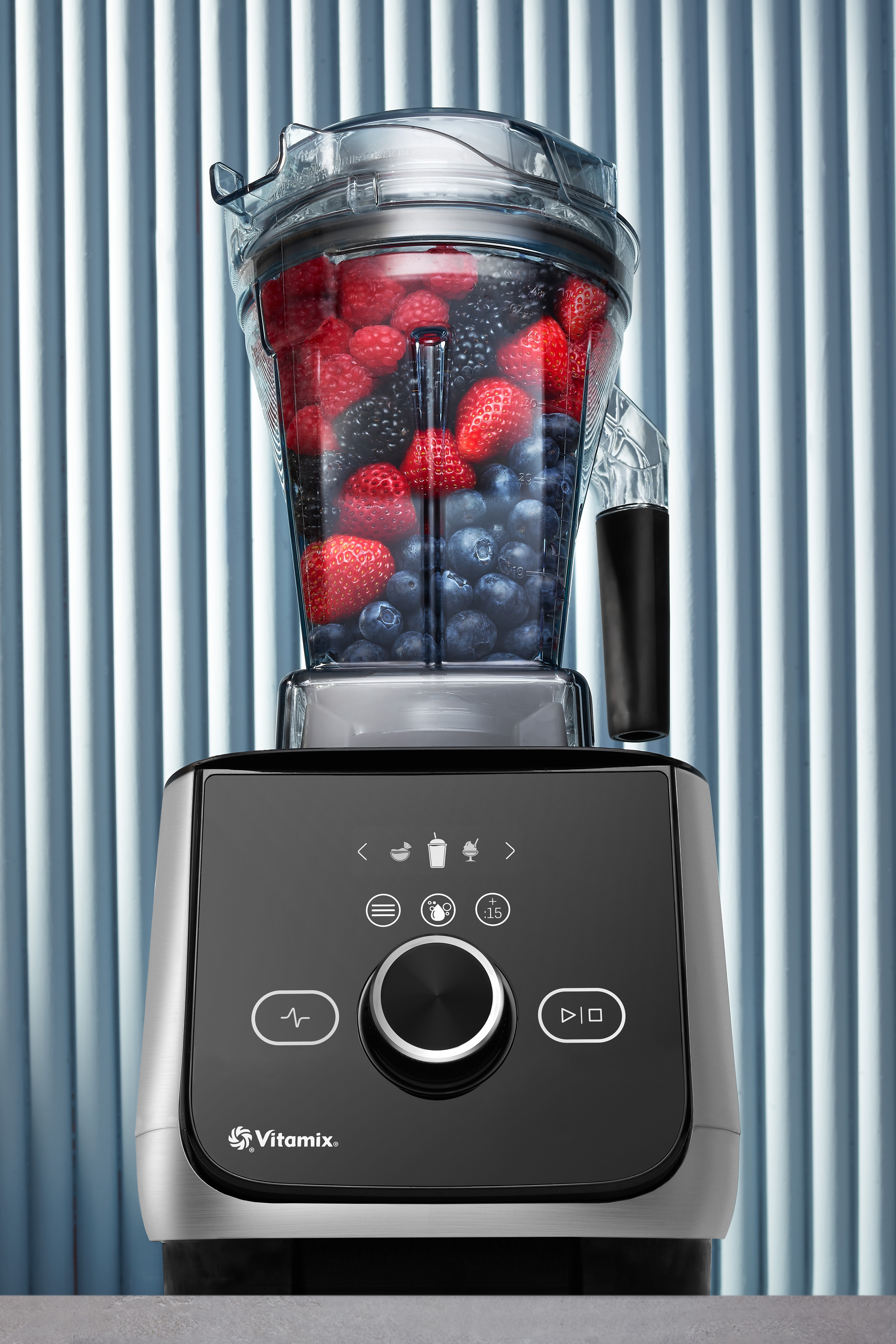Whether you're shopping at a farmers' market or a grocery store, it might be tempting to stock up on tons of colorful produce. But how often have you bought fruits or veggies that go bad, leaving you to throw them out? Fortunately, if you plan ahead, follow simple food storage rules, and start cooking with food scraps, you'll be able to make the most of your groceries, which will also help you save money and reduce food waste.
Make a Shopping List
If you shop without a list, you're more likely to overestimate the amount of fruits and veggies you need and buy produce you won't use at all. This wastes both food and money. So, before going grocery shopping, review the recipes you're planning to cook and make a list of all the produce you'll need. Also, make an estimate of how many fruits and veggies your household will need to snack on during the week.
Keep Your Produce Fresh Longer
After bringing produce home, take a few minutes to pick out all overripe, soft, and bruised pieces. One deteriorating piece can make your other fruits and veggies go bad faster. Produce also starts to deteriorate faster when it's sliced, so if you like to wash and chop in advance, make sure you consume it within a day or two.
Store fruits and veggies in the right conditions, too. Potatoes, squash, onions, and garlic should be kept in a dark, cool place, and citrus fruits should be kept in the fridge. Many fruits, such as apples, pears, avocados, apricots, and mangos, will continue ripening if left at room temperature, so put them in the fridge to slow down the process. Greens like fresh spinach, collard greens, kale, and Swiss chard take up a lot of space in the fridge and go bad quickly, so if you're not going to prepare them within a couple days, it's a good idea to blanch and freeze them.
Use Food Scraps
Start by keeping a plastic bag in the freezer, and saving washed, cleaned, and chopped roots, stems, stalks, leaves, and peelings to make homemade stock. The trimmings from vegetables like onions, carrots, potatoes, and bell peppers, and herbs like parsley and cilantro, work the best. (Try to avoid using brussels sprouts, broccoli, cabbage, turnips, rutabagas, and artichokes because their flavor might be too overpowering or bitter.) Parsley and cilantro are also great for making pesto and other herb sauces, and even salad dressings or infused olive oil. Just puree them in a blender or food processor.
You can also make desserts and drinks out of fruit scraps. Overripe fruits are very sweet and have a lot of flavor, so they're perfect for jams, smoothies, or sorbets. The peels from oranges and grapefruit can also be used to make candied fruit, peels from clementines, tangerines, and apples can be used to make delicious teas, and apple peels, and other fruits, can be used to make fruit punch. Just place fruits or berries that are past their prime, or trimmings, into a large pot, add water, bring it to a gentle boil, and let it simmer for about five minutes. Add sweetener if needed.
As you can see, cooking with food scraps is easy and fun. In addition, it will also help you stretch your food budget and reduce food waste.
Related Articles

Should You Be Eating Avocado Pit?
You may be familiar with the latest food trend among the most health-minded individuals: eating avocado pit. But is it safe?

Why You Should Embrace Brown Fruit and Vegetables
Brown fruit and vegetables are often thrown away, which contributes to a high amount of global food waste. Here's how you can use them in the kitchen.

5 Tips for Planting a Garden
The shorter the distance food travels from farm to table, the better it tastes.



